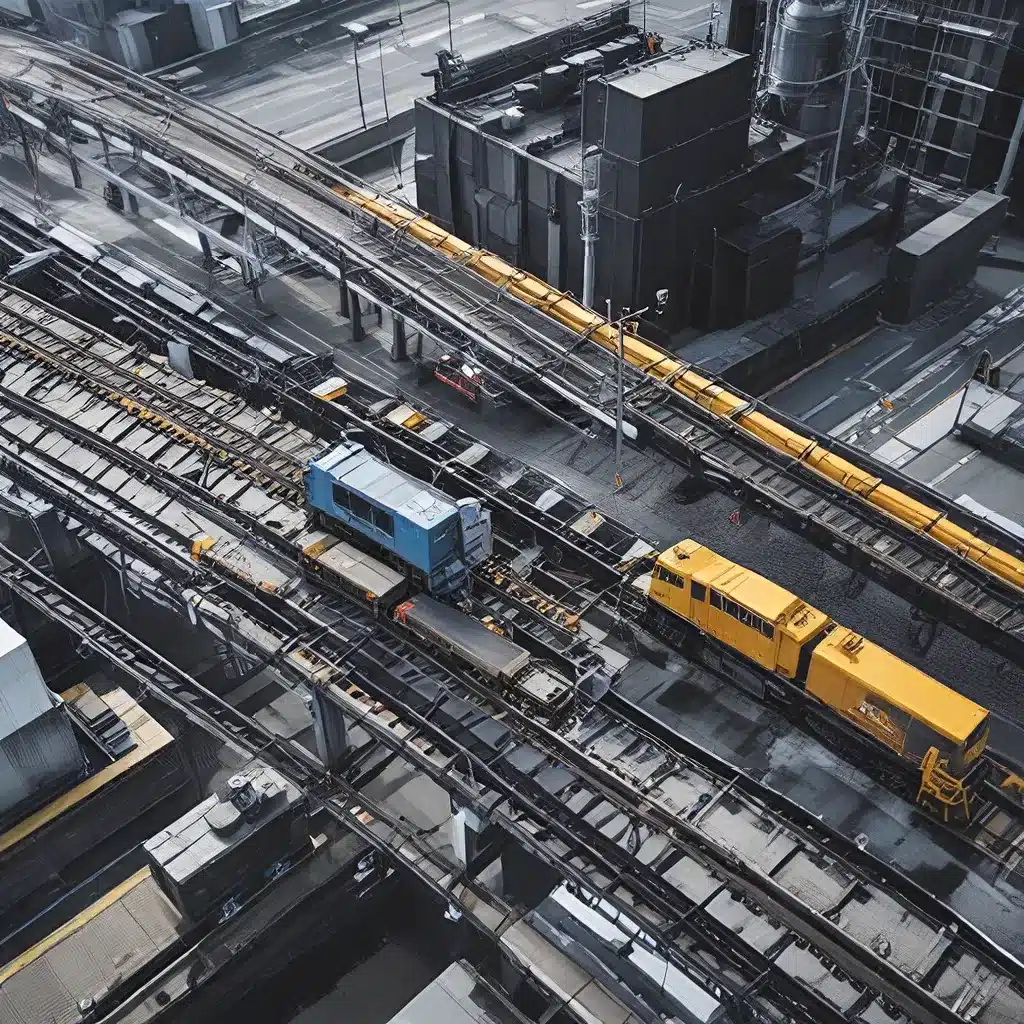
The Rise of Remote Condition Monitoring
Remote condition monitoring (RCM) has emerged as a transformative approach, empowering industries to move beyond reactive maintenance and embrace a proactive, data-driven strategy for asset management. This powerful technology allows organizations to remotely monitor the health and performance of their equipment, providing real-time insights that enable them to prevent costly breakdowns, optimize operations, and maximize their return on investment (ROI).
At the heart of RCM is the ability to continuously collect and analyze vast streams of data from sensors strategically placed on machinery. These sensors act as “data whisperers,” capturing crucial information about parameters such as temperature, vibration, and energy usage. By applying sophisticated algorithms and predictive analytics, RCM systems can identify early warning signs of potential issues, alerting maintenance teams before problems escalate and cause unplanned downtime.
As Tractian’s expert Billy Cassano explains, “RCM isn’t just about avoiding disaster; it’s about optimizing your operations. Instead of blindly following fixed maintenance schedules, remote condition monitoring lets you switch to a lean, just-in-time approach.” This shift from reactive to preventive and predictive maintenance empowers organizations to allocate resources more effectively, extend the lifespan of their equipment, and achieve unprecedented levels of operational efficiency.
Revolutionizing Asset Management Across Industries
The benefits of RCM extend across a diverse range of industries, from manufacturing and energy production to transportation and mining. In the manufacturing sector, for example, RCM acts as a “crystal ball,” predicting equipment failures before they disrupt production, leading to less downtime, lower costs, and happier customers.
In the energy sector, an RCM strategy can help optimize operations, ensuring uninterrupted power generation. As the Industry 4.0 revolution takes flight, the integration of IoT and RCM technologies is revolutionizing the way energy assets are managed, allowing for real-time monitoring and predictive maintenance to prevent blackouts and maximize efficiency.
The transportation industry also stands to benefit significantly from RCM. By monitoring the health and performance of trains, fleets, and other assets, organizations can identify potential issues early, leading to fewer delays, improved safety, and more efficient operations.
Unlocking the Power of Sensor Data
The true power of RCM lies in its ability to transform raw sensor data into actionable insights that drive strategic decision-making. As sensors continuously gather data on equipment performance, sophisticated algorithms and machine learning models analyze these streams to detect patterns, identify anomalies, and predict potential failures.
Advancements in AI and predictive analytics have revolutionized the way organizations interpret and leverage sensor data. By utilizing techniques like vibration analysis, thermography, and acoustic monitoring, RCM systems can pinpoint the root causes of issues, enabling maintenance teams to address problems proactively and with surgical precision.
The integration of RCM with computerized maintenance management systems (CMMS) or enterprise asset management (EAM) platforms further enhances the value of sensor data. These solutions consolidate equipment information, maintenance records, and performance analytics, providing a comprehensive view of asset health and facilitating data-driven decision-making.
Navigating the Complexities of RCM Implementation
While the benefits of RCM are undeniable, successful implementation requires careful planning and consideration of several key factors. Selecting the right RCM system is crucial, with factors such as cost, scalability, and seamless integration with existing infrastructure being top priorities.
Equally important is addressing data security and privacy concerns. The sensitive information captured by sensors must be encrypted and transmitted securely to prevent unauthorized access and safeguard sensitive data. Establishing trust with stakeholders and ensuring compliance with industry regulations are essential steps in the RCM implementation process.
Finally, the human element cannot be overlooked. RCM systems are only as effective as the people using them. Comprehensive employee training and a focus on change management are key to unlocking the full potential of RCM and driving a successful transformation in maintenance practices.
The Future of Sensor-Driven Asset Management
As industries continue to embrace the digital revolution, the role of RCM and sensor-driven technologies in asset management will only grow more critical. By empowering organizations to proactively monitor and maintain their equipment, RCM is paving the way for a future where unplanned downtime becomes a relic of the past, and operational efficiency reigns supreme.
The sensor networks industry is at the forefront of this transformation, driving innovation in sensor design, data analytics, and cloud-based platforms that support comprehensive RCM solutions. As the technology continues to evolve, we can expect to see even more powerful, user-friendly, and cost-effective RCM systems that will transform the way industries manage their most valuable assets.
In conclusion, the adoption of sensor-driven condition monitoring and RCM is no longer an optional luxury; it has become a strategic imperative for organizations seeking to stay ahead in an increasingly competitive and volatile landscape. By embracing this technology, businesses can unlock new levels of operational efficiency, enhance their competitive edge, and position themselves for long-term success in the era of the Industrial Internet of Things (IIoT).